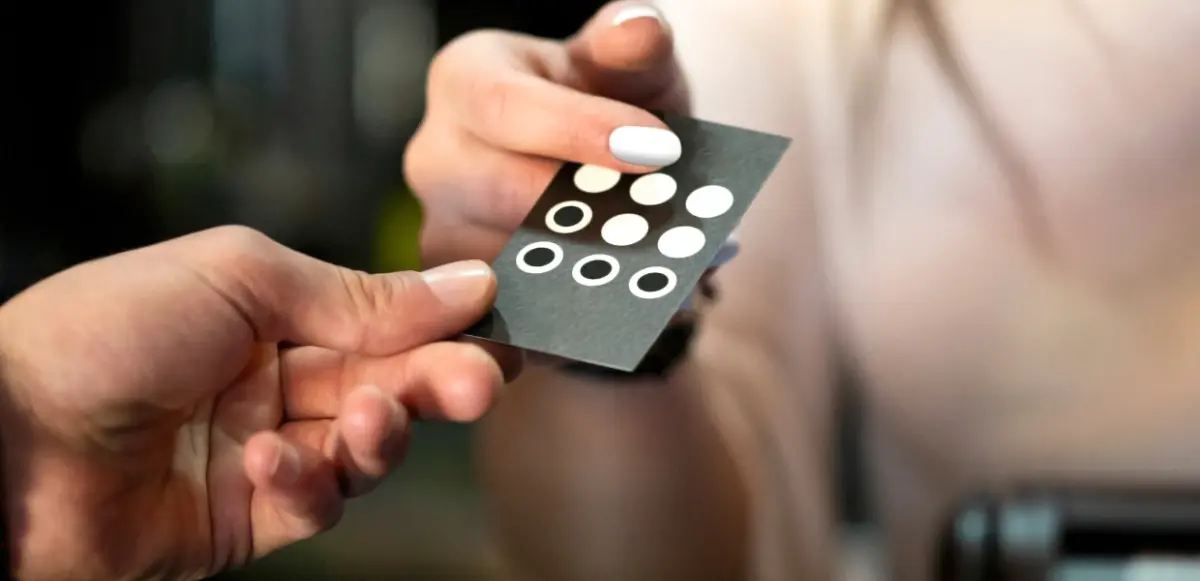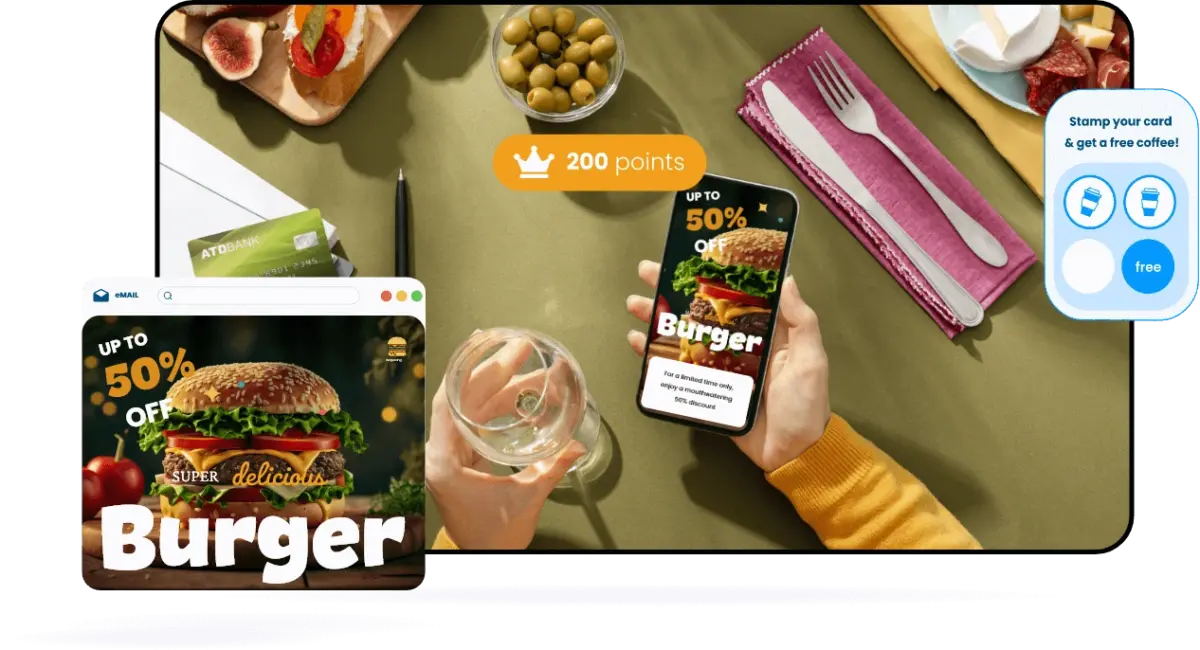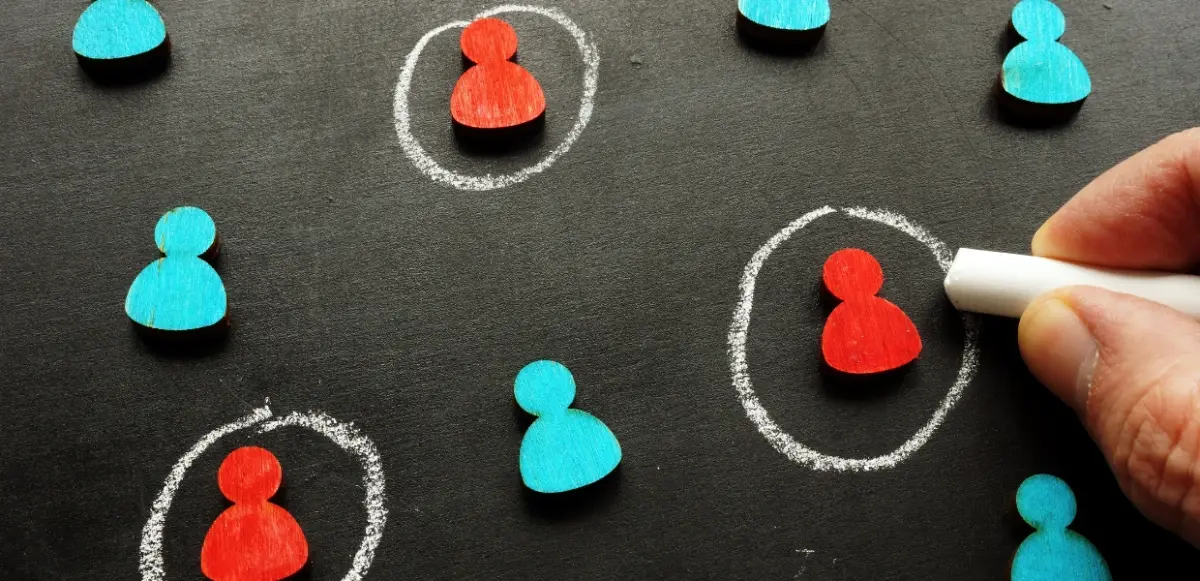All Articles
Restaurant Loyalty Programs: How Digital Tools Drive Success

Restaurant loyalty programs – structured reward systems that incentivize guests to return – have become a staple strategy for eateries of all sizes. By offering perks like points, discounts, or free menu items, these programs make customers feel valued and encourage frequent visits. The impact can be substantial: according to the 80/20 rule, around 80% of a restaurant’s sales often come from just the top 20% of its customers. In other words, a relatively small group of loyal patrons can drive a huge portion of revenue, which is why cultivating loyalty is so significant.
Modern restaurant loyalty programs have evolved beyond old punch-card systems into digital platforms accessible via mobile apps and websites. Unlike traditional paper punch cards, digital loyalty solutions provide an automated, flexible way to recognize and reward guests. They use tools like apps or QR codes to track purchases and deliver personalized rewards. These tech-driven programs not only make earning and redeeming rewards more convenient but also give restaurants new opportunities to understand their customers’ preferences and engage them effectively.
Below, I will explore the different types of restaurant loyalty programs (from point-based systems to gamified challenges) and discuss how digital marketing platforms enhance these programs. We’ll also look at the benefits for restaurants – including higher customer retention, increased revenue, and stronger brand engagement – and how a comprehensive platform can help implement a successful loyalty strategy.
Types of Restaurant Loyalty Programs
Restaurants can implement various loyalty programs depending on their concept and customer base. Here are some of the most common types of restaurant loyalty programs and how they work:
Points-Based Loyalty Programs
Point-based programs are among the most popular loyalty schemes in the restaurant industry. Customers earn points for each purchase (for example, 1 point per dollar spent), which they can later redeem for rewards like discounts, free items, or exclusive perks. The simplicity of this model makes it easy for guests to understand – there’s a clear goal to accumulate points and unlock something of value. This encourages repeat visits by giving diners a tangible target to work toward.
For example, a popular coffee shop chain lets members earn points (often called stars or stamps) on every purchase, which can be redeemed for free drinks or food. Each transaction brings the customer closer to a reward, creating a habit of returning to the same restaurant to “earn and burn” points. Because everything is tracked digitally through an app or loyalty account, points are automatically added with each sale, and rewards can be claimed seamlessly at checkout. This convenience is a big reason point-based programs thrive in the era of smartphone apps.
Tiered Loyalty Programs
Tiered loyalty programs introduce levels or “status tiers” that offer increasingly valuable perks as customers spend more or visit more often. In this model, members might start at a base tier and then advance to higher tiers (e.g., Silver, Gold, Platinum) by accumulating points or spending above certain thresholds. Each tier comes with rewards – for instance, higher-tier members might earn points faster, receive special freebies, or get insider exclusives unavailable to the base-tier customers.
This approach adds a gamified sense of prestige and exclusivity. Guests feel motivated to reach the next tier for better rewards, which in turn drives increased spending and visit frequency. A great example is the Chick-fil-A One program, where the more you spend in a year, the more points you earn per dollar – effectively rewarding top-tier members with accelerated benefits. Similarly, some coffeehouses and fast-food apps have “elite” tiers that grant bonus rewards or priority service to their most loyal patrons. By recognizing different levels of loyalty, tiered programs tap into customers’ desire for status and VIP treatment, keeping them engaged long-term.
Subscription-Based Programs
Subscription-based loyalty programs are an emerging trend in the restaurant world. In this model, customers pay a recurring fee (monthly or annually) to join a membership program that provides unique benefits or daily perks. Essentially, it’s like turning loyalty into a subscription service. For example, a bakery or coffee shop might offer a monthly coffee subscription where members can get one free coffee daily for a flat monthly rate. This guarantees regular visits since subscribers will want to maximize the value of what they’ve paid for.
A notable example is Panera Bread’s MyPanera+ Coffee subscription. For about $9 a month, subscribers get unlimited coffee or tea. This program attracted nearly 500,000 paid subscribers within six months of launch – and those subscribers visited Panera eight times more often per month than non-subscribers, dramatically increasing their purchase frequency. Another example is Taco Bell’s Taco Lover’s Pass, which, for $10 per month, gives members a free taco every day. During its trial run, this subscription boosted Taco Bell’s overall loyalty membership sign-ups by 20% as people flocked to take advantage of the daily deal. These cases show how a subscription model can lock in steady revenue and routine visits. Restaurants benefit from upfront payment and guaranteed repeat business, while customers feel they’re part of an exclusive club with ongoing perks.
Gamified Loyalty Programs
Gamified loyalty programs add an extra layer of fun and interactivity to the mix. Gamification means incorporating game-like elements – such as challenges, badges, leaderboards, or random rewards – to boost customer engagement. The idea is to make earning rewards feel like playing a game rather than just a transaction. For instance, a restaurant might run a challenge where customers earn a badge (and bonus points) for trying a new menu item or create a digital scratch-off coupon in the app that gives a surprise reward. Some loyalty apps include progress bars or milestones (e.g., “5 visits this month – you unlocked a free appetizer!”), which tap into the satisfaction of achievement.
Gamification is more than just a gimmick – it’s proving to be highly effective at increasing participation. In fact, 7 out of 10 loyalty program owners say the benefits of gamified features outweigh the costs, with 76% planning to add gamification to their programs in the next two years. A well-known example is Starbucks, which periodically runs “double star days” and challenges (like making specific purchases to earn bonus points), bringing a game-like excitement to its rewards program. By making loyalty programs feel like a fun competition or quest, restaurants keep customers checking the app frequently and looking forward to the next reward. This translates to higher engagement and often incremental sales (as customers might spend a little extra or visit sooner to beat a challenge or maintain their streak).
Each of these loyalty program types can be highly effective, especially when tailored to the restaurant’s audience. Many successful programs actually combine elements of multiple types – for example, a points program might also have tiers (like basic vs. VIP members) or include occasional gamified challenges. The key is choosing a structure that aligns with what motivates your customers. Once the strategy is defined, digital tools can take these programs to the next level.
How Digital Marketing Platforms Enhance Restaurant Loyalty Programs
Implementing a loyalty program is much easier and more impactful with the help of modern digital marketing platforms. These platforms (which may include your restaurant’s CRM, mobile app, online ordering system, and marketing automation tools) provide an ecosystem to manage and optimize your loyalty initiative. Here are a few ways digital tools enhance restaurant loyalty programs:
- Automation & Convenience: Digital platforms automate the tracking and management of loyalty rewards, eliminating the need for paper punch cards or manual stamp tracking. When customers purchase, the system automatically logs points or visits and updates their rewards balance. This not only saves staff time and reduces errors but also makes the experience seamless for customers – no more forgetting a loyalty card or losing out on rewards. Integration with the POS or online ordering system means rewards are applied in real-time, so customers can immediately see and use what they’ve earned.
- Personalized Marketing: A digital loyalty platform allows you to collect valuable data on customer behavior – what they order, how often they visit, and even preferences like favorite items. With these insights, restaurants can deliver highly targeted promotions and communications. For example, you might send a personalized coupon for a customer’s most-ordered dish or a special birthday reward each year. Many loyalty apps also enable push notifications or emails that remind customers about upcoming rewards or exclusive offers, keeping the restaurant top-of-mind with tailored messaging. This level of personalization makes customers feel understood and valued, strengthening their bond with the brand.
- Data-Driven Insights & Optimization: Digital loyalty tools typically include analytics dashboards to track program performance. Restaurants can see metrics like enrollment numbers, redemption rates, and customer lifetime value for members vs. non-members. One core benefit of this data is identifying trends – for instance, which rewards are most redeemed or when there’s a drop-off in activity. By analyzing purchase patterns and feedback, businesses can refine their loyalty offerings over time (e.g., adjusting point ratios or adding a new reward tier) to better meet customer desires. Data insights also help in broader decision-making, such as menu changes or timing of promotions, ensuring the loyalty program continually aligns with what drives sales. In short, a digital platform takes the guesswork out of loyalty initiatives and lets you optimize based on actual customer behavior.
By leveraging these digital capabilities, even a simple loyalty program can become a powerful engine for customer engagement. Personalization and automation ensure each guest gets the right incentive at the right time with minimal effort from your team. The result is a smoother customer experience and a more effective restaurant program.
Benefits of Restaurant Loyalty Programs for Restaurants
A well-designed loyalty program supported by digital marketing tools can deliver significant benefits to a restaurant’s bottom line and brand. Here are some of the key advantages:
- Higher Customer Retention: Loyalty programs give customers a compelling reason to keep coming back instead of drifting to competitors. By rewarding repeat visits, you turn one-time diners into regulars. This dramatically boosts customer retention – which is crucial because the majority of a typical restaurant’s revenue comes from returning customers rather than new ones. Focusing on those existing customers through a rewards program helps maximize their lifetime value. When guests know they’ll earn something extra each time they visit, they are far more likely to choose your establishment whenever they’re dining out, thereby improving your retention rates.
- Increased Revenue Per Customer: Loyal customers tend to spend more over time, both in frequency and order value. As they become attached to your brand, they might order that extra appetizer or dessert, try new menu items, and visit more often – all of which boost sales. Studies show that repeat customers spend about 31% more on average than new customers. Additionally, by structuring rewards that encourage additional purchases (for example, “earn double points on a second entree” or offering a free item that pairs with a paid item), restaurants can gently upsell within the loyalty experience. Over the long run, even a modest increase in average spend or visit frequency can significantly lift revenue. Plus, the data gathered from loyalty members allows for more effective marketing, which can further increase their spending (through targeted promotions that get them in the door during slower periods, for instance). In short, loyalty programs not only keep customers coming back but also often lead them to spend more when they do.
- Improved Customer Engagement & Brand Affinity: A loyalty program creates a direct channel to engage with your audience and build a community around your restaurant. Members who have opted in essentially say they want a relationship with your brand. Through exclusive offers, events, and communications, you can deepen that relationship. Loyalty members often feel a sense of belonging or VIP status – they’re “in the club,” which fosters emotional connection beyond the transactions. Engaged loyal customers are also more likely to become brand advocates. They will spread the word to friends and family and leave positive online reviews based on their great experiences. This kind of organic word-of-mouth marketing is invaluable for a restaurant, as happy regulars effectively become ambassadors who bring in new business. By nurturing engagement via the loyalty program, you not only retain customers but turn them into active promoters of your brand.
In summary, restaurant loyalty programs (especially when empowered by digital tools) can drive repeat business, increase each customer’s value, and create enthusiastic brand fans. These benefits feed into each other – as loyal customers bring others along and continue to boost revenue – creating a virtuous cycle of growth and goodwill for the restaurant.
Conclusion
Restaurant loyalty programs are more than just a trend – they are a proven strategy to enhance customer retention, encourage repeat purchases, and build a loyal community around your brand. By choosing the right type of program for your audience and leveraging digital marketing platforms for implementation, even small restaurants can enjoy big gains in customer loyalty and revenue. The key is to keep the program customer-focused and easy to use while using data and personalization to keep the experience engaging.
Getting started with a loyalty program is easier when you have an integrated system to support it. TapTasty is a restaurant management system offering a complete ecosystem of tools for ordering, operations, and marketing. With TapTasty, you can unify your online ordering, delivery, and restaurant loyalty programs in one place – streamlining operations and enabling powerful marketing automation. Now is the time to turn one-time visitors into lifelong customers. Consider implementing a loyalty program with the help of a platform like TapTasty, and watch your restaurant reap the rewards of a loyal customer base.
 17 March 2025
17 March 2025 8 min read
8 min read




